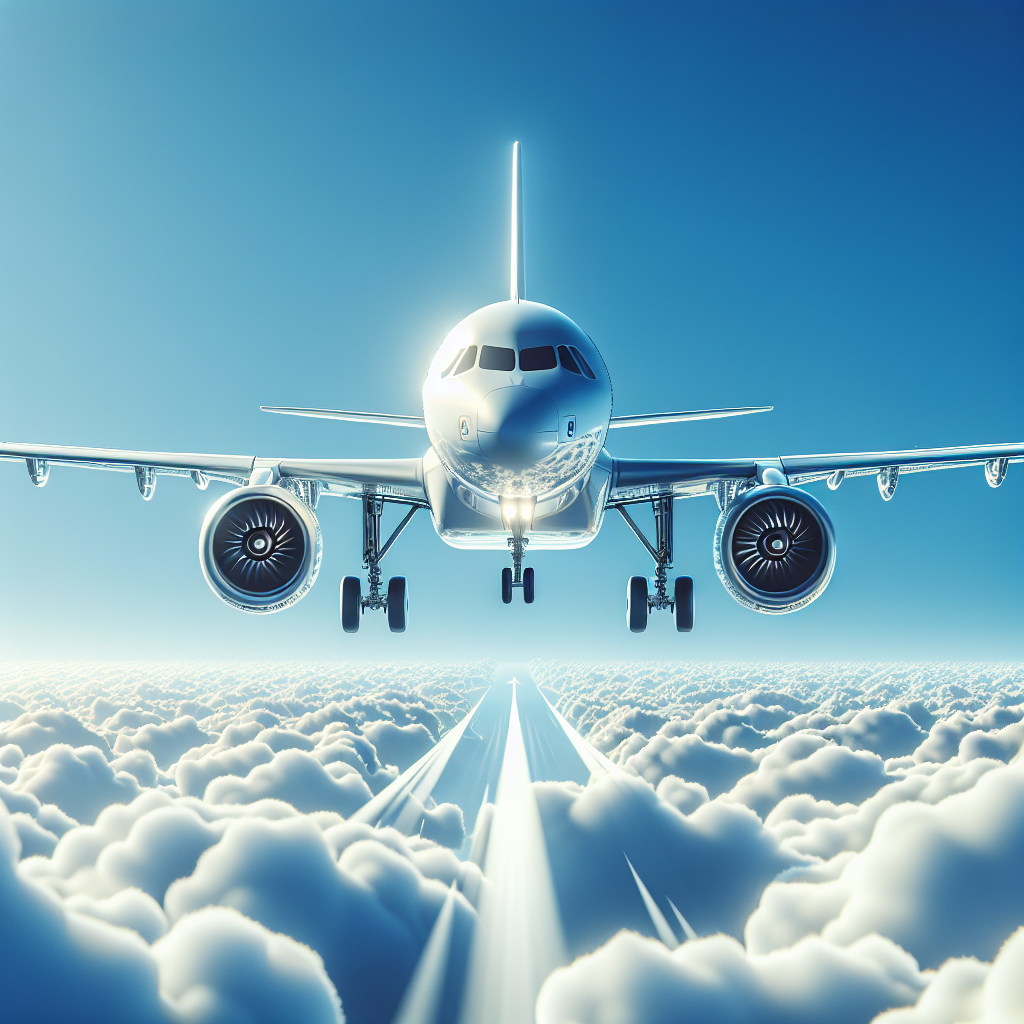Ever wonder why your next flight might be quieter, more fuel-efficient, and a tad more luxurious? Thank the Europeans and their brainchild, the Airbus A320neo family. Emerging onto the scene in 2010, the A320neo (New Engine Option) family was designed by Airbus to take commercial aviation to new heights. It's packed with innovations that have made airlines like Lufthansa and IndiGo rethink their fleet strategies. The A320neo promises more—more range, more cost-effectiveness, and more passenger comfort. So why hasn’t Uncle Sam done something about keeping up with this jet-age marvel?
Let's break it down. The Airbus A320neo was brought to life as an upgrade over the A320ceo (Current Engine Option) series. With its advanced engines, aerodynamic sharklets, and overall eco-efficient design, the A320neo has taken over the skies since its first delivery to Lufthansa in 2016. If statistics make you swoon, then imagine this: the A320neo family provides a 15% reduction in fuel burn at service entry and an up to 20% reduction by 2020! This is no trivial improvement; it represents billions in savings for airlines and a massive slap in the face of carbon emissions.
But how did Airbus pull off this feat? Advanced engines like the Pratt & Whitney PW1100G and CFM International’s LEAP-1A are part of the equation, pushing technological boundaries to make jet engines both powerful and more sustainable. Pair these with larger winglets—fondly known as sharklets—and you get a plane with enhanced fuel efficiency and superior range. The A320neo can fly over 4,000 nautical miles, opening up new, longer routes that were previously inaccessible from within the narrow-body segment. That's a game-changer, whether you're a frequent flyer or an airline executive.
Now, why stop with just one plane? Airbus decided to bless the aviation market with an entire family that includes the A319neo, A320neo, and A321neo. Each of these aircraft serves its purpose; the A321neo, for example, offers not one but two different versions designed for greater range—the A321LR and the A321XLR. Trust me, if you’ve ever scoffed at cramped plane seats, this family might be a pleasant surprise, with redesigned cabin spaces to ensure passenger comfort meets efficiency.
Competition is the name of the game in commercial aviation, and Boeing's 737 MAX series, intended as Airbus' primary competitor, has faced its fair share of struggles. While the A320neo series has been ascending, Boeing experienced controversies that significantly delayed the 737 MAX's service entry. The opportunity was ripe for Airbus to capitalize, and my, did they swoop in. With over 8,500 orders from 130+ customers across the globe, it's clear the A320neo family isn't just another pretty face—it’s a new standard.
The economic implications are far-reaching. Airbus’ strategy doesn't just enhance operational efficiency; it also supports big airline ambitions to expand services without incurring unsustainable costs. Higher efficiency leads to lower ticket prices and therefore strengthens the free market—a notion conservatives can appreciate. With job creation in the aerospace sector, particularly in areas involved in assembly and parts manufacturing, this success feeds rather nicely into economic growth.
And let's not ignore the menu of options this plane family puts on the table with innovative in-cabin experiences. While liberals might clamour for free in-flight organic meals or some sort of frivolous in-seat gadgetry, the A320neo family opts for what matters: extended legroom, quieter cabins, and better air quality. Imagine that—a plane caring about your personal space.
Environmentalists, rejoice! And not just because you might get tax breaks for promoting sustainable aviation. The substantial reduction in carbon emissions offered by the A320neo models has, in many ways, made it the face of eco-friendly air travel. Its fuel efficiency reduces the ecological footprint without costing an arm and a leg—a win-win situation for environmental and economic objectives alike.
So where does the A320neo family stand in the grand scheme of things today? Airbus has consistently upsold it as a critical part of its offering to airlines looking to modernize their fleets. As the digital age propels forward, the need for efficient, adaptable, and eco-conscious transportation becomes more evident. The A320neo family fills this niche expertly, much to the chagrin of those who would rather focus on grounding themselves in archaic transportation models.
This is modern aviation shaped by competition, innovation, and a pinch of common sense—a far cry from the regulatory nightmare imposed by thinking inside the box. The Airbus A320neo family has set the benchmark for what’s possible when innovation is given wings, quite literally. As we reach for the sky again in a world eager for travel opportunities post-pandemic, rest assured, Airbus is ready with a family dynamic to lead the way.

